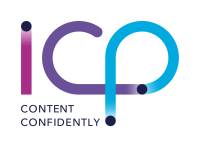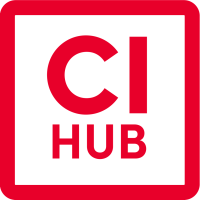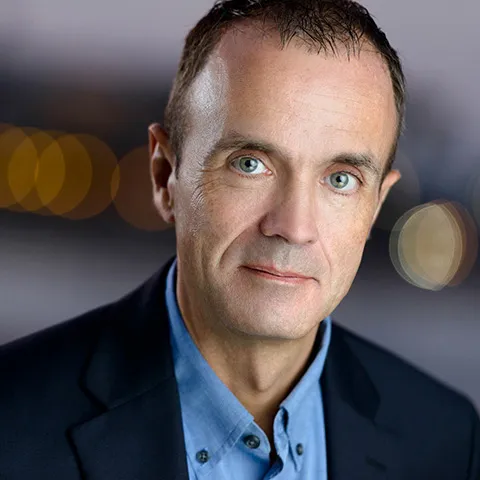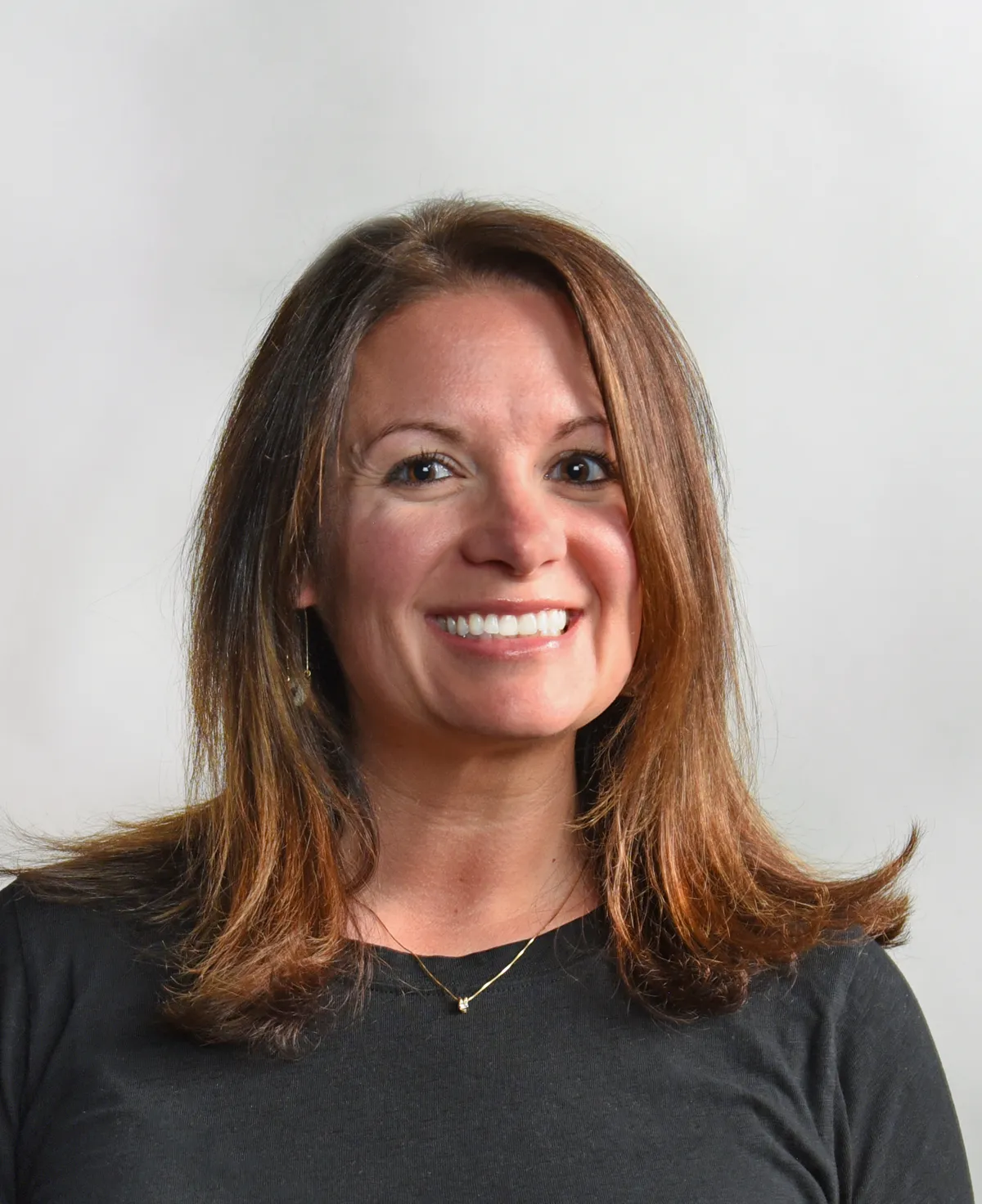DAM New York 2025
The Neverending Quest to Keep DAM Relevant - Today, Tomorrow, and the Day After
Context:
DAM is often seen as a kind of library function that receives assets, metadata, and other information, organizes it all into a well-defined order, looks after it so we can use it again, and gives us the visibility to search, discover and request that material when we need it.
These are certainly foundational requirements of a DAM operation, but, these days, the expectations of our users, and of the organizations around us, can be quite a bit more demanding. The role of the DAM discipline is not just to “look after” what it is given, but to be aligned actively with the business and the users.
Examples of what is required:
- Intentional curation of the assets and the metadata.
- Pro-active evolution of the metadata.
- Regular adaptation of asset and information structures to the needs of the users.
- Adoption of capability and technology to meet users “where they are,” rather than expecting them to come to us.
All with a mindset of anticipating our users, organization, and business, rather than reacting to them.
Best practices in meeting the challenges:
This panel brings together a group of DAM leaders who have successfully met the challenges. They share their experiences and their tips for how you, as a DAM practitioner, can, in your own organization, stay comfortably ahead of your users and their expanding needs.
Facilitator
Analysis from
What others say
The HS DAM NYC conference was a great way to learn about new developments in the field, compare practices with colleagues, and make new DAM friends and connections. It was awesome!
HS DAM events are one of the few opportunities to get together with other DAM professionals, speak to multiple vendors, learn, and make connections.
This was my first Henry Stewart DAM Conference in my 15-year career of Digital Asset Management and I am so grateful to the team for the opportunity to connect with other likeminded individuals and gain more knowledge and use the learnings to bring back to my team. Looking forward to what's to come!
















